8 reasons why ordinary things look the way they look
Categories: Fashion | People | Production | Society | Technology | World
By Vika https://pictolic.com/article/8-reasons-why-ordinary-things-look-the-way-they-look.htmlAccording to Paul Harris, a psychologist at Harvard University, children ask about 40,000 questions between the ages of 2 and 5. Then we get older and don't ask ourselves why the sky is blue and the milk is white.
We can explain why ordinary things look the way they look. We also found out the origin of some stable expressions and phenomena.
8 PHOTOS
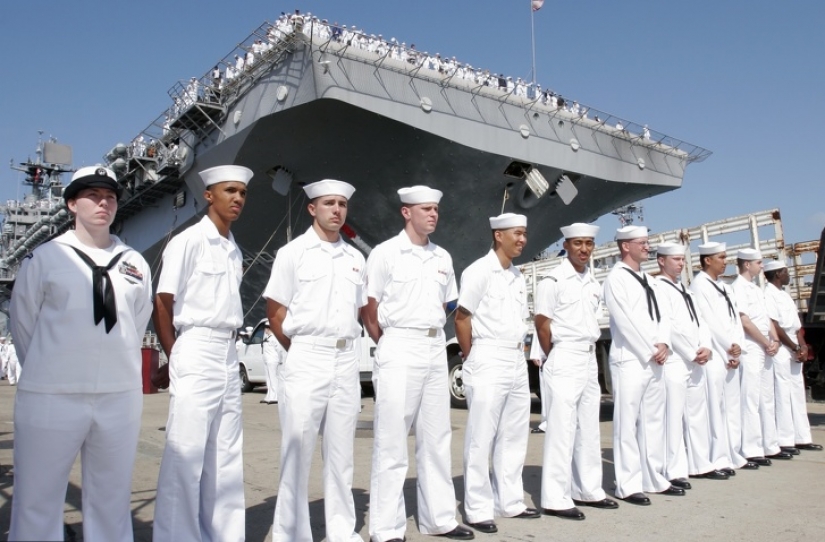
1. Why are sailors' trousers flared?
Flared trousers were first described in 1813 as part of a sailor's uniform. The researchers say their shape was versatile. The leg can be easily tucked up so sailors can wash the deck. Moreover, when the boat approached the shore, the sailors could get off and still keep their pants dry. Sailors are always at risk of falling into the water, and the shape of the trousers allows them to quickly take them off. They didn't even have to take off their shoes.
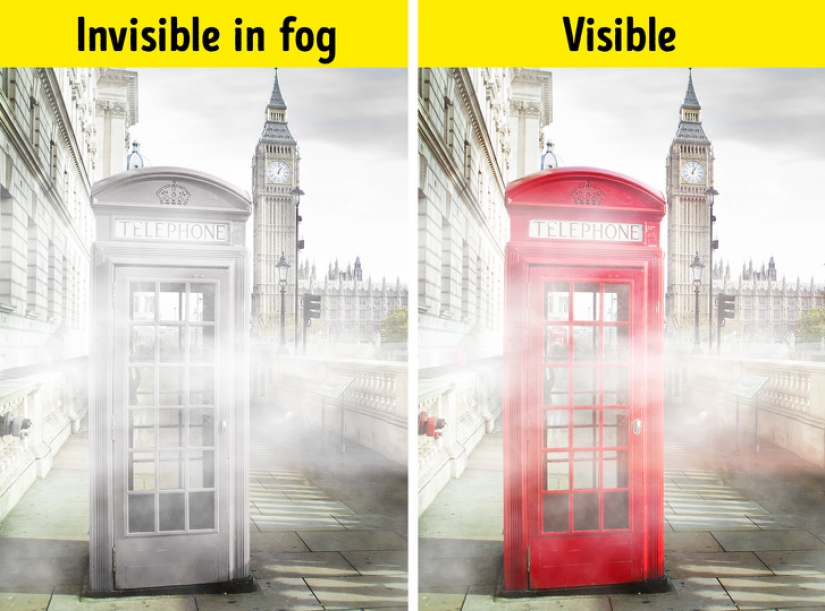
2. Why are London phone booths red?
The first telephone booths appeared in London in 1920. They were made of concrete, so they were gray and only the door was red. In 1924, a competition was held to design a new booth, and Giles Gilbert Scott won the competition. But his design changed slightly: the booths were made of iron rather than steel, and the color was changed from gray to red so people could see the phone booths on the streets. Later this color became really useful due to the fog of London (including industrial smog).

3. Why are the doorknobs made of brass in public places?
Many people know that silver can disinfect water, but we probably haven't thought about the reason for this function. The fact is that the ions of some metals (silver, mercury, zinc, copper, lead, gold, and some others) have the so-called oligodynamic effect: they are resistant to mold, viruses, and other microorganisms. This is the reason why doorknobs made of brass (an alloy of copper and zinc) can be cleaned very easily and will not contain germs even in public places.
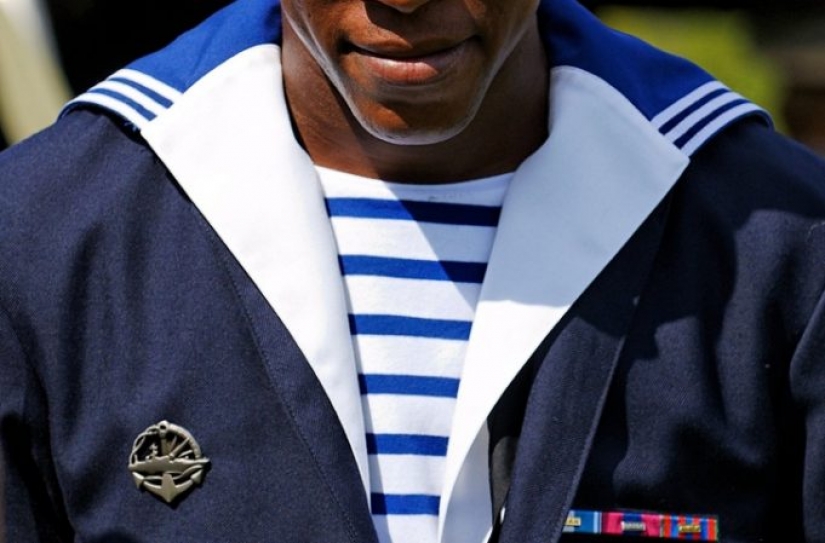
4. Why do sailors have striped vests?
Initially, striped clothing was unacceptable for sailors. Only prisoners, the sick, and prostitutes wore these clothes. In 1858, Napoleon allowed the navy to wear striped shirts. The stripes are said to help identify a person on deck and help locate a person if they fall into the water. By the way, the first swimwear was also striped.
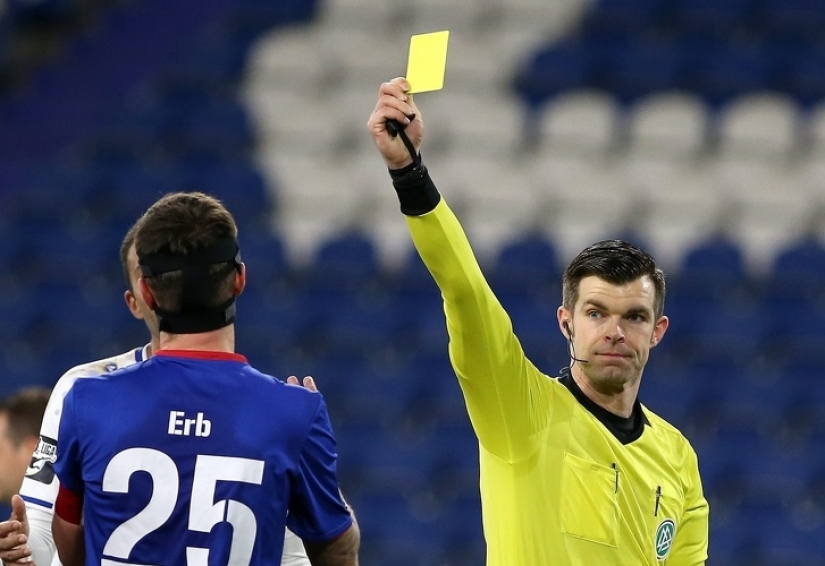
5. Why do football referees use red and yellow cards?
In 1966, during a match between Argentina and England, due to a language barrier, Argentine footballer Antonio Rattin did not understand (or did not want to understand) the words of the German referee Rudolf Kreitlein. After that, the player was sent off the field - he stayed there for about 9 minutes. The English players also could not understand some of the warnings, and people could not understand what was happening on the field. After this incident, the head judge of the world championship, Ken Aston, created a clearer system of penalties and suggested using red and yellow cards.
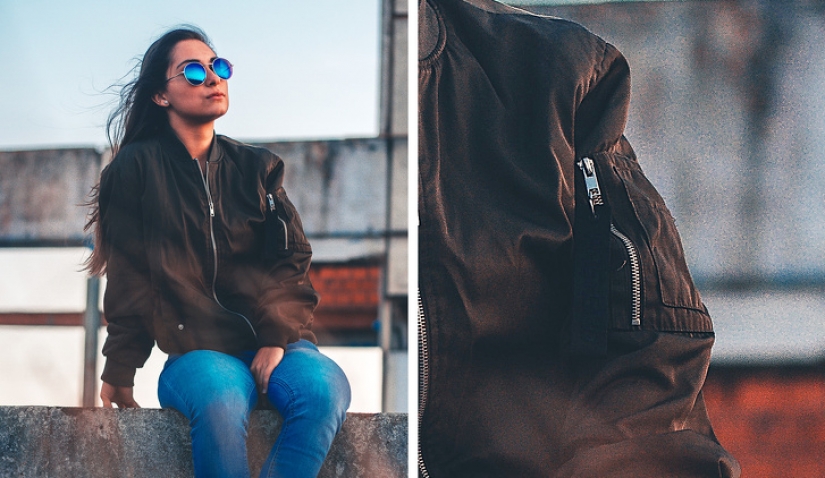
6. Where did the bomber sleeve pockets come from?
In 1955, the MA-1 jacket was released. It is the forerunner of modern bombers. They were originally intended for heavy bomber pilots. The designers provided the jacket with a "service" pocket on the sleeve, which the pilots really liked. It was really helpful because they could put their keys or a pack of cigarettes in there (which is why the pocket was also called a "cigarette pocket").
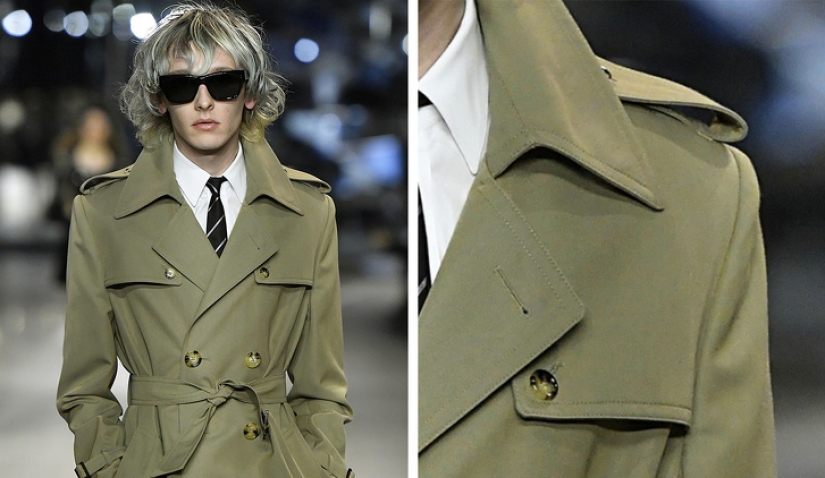
7. Why do trench coats have shoulder straps?
The trench coat appeared in 1901 as an alternative to the heavy overcoats of soldiers. So some of the details had practical uses. Thus, the storm flap on the chest was designed to protect the soldier's shoulder from rubbing the rifle's belt. Modern trench coats often have shoulder straps. Originally, their function was to prevent the bag strap from sliding down and to prevent abrasions. Since the rifle was carried on the same shoulder, there was usually only one tongue.
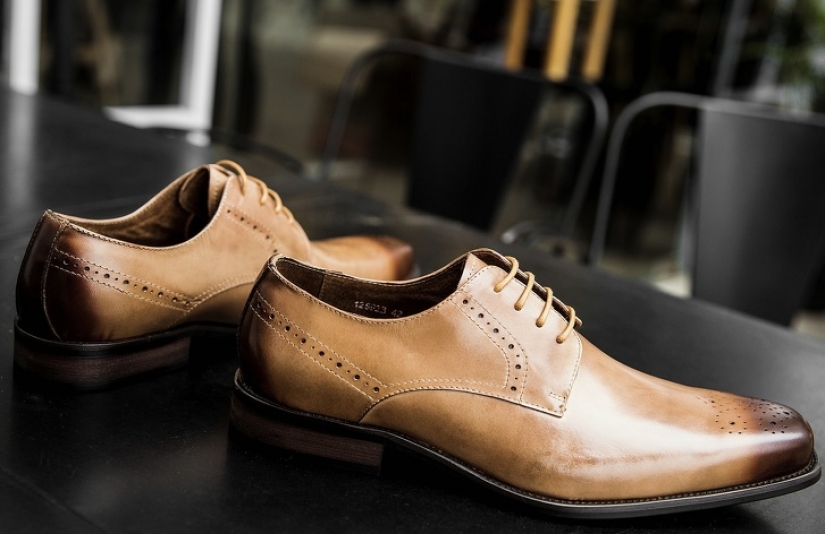
8. Why are there holes in men's shoes?
Brogues, a style of shoe that is perforated, was first used by Irish and Scottish shepherds in the 17th century. They worked in swampy areas, so they had small holes in their shoes to help them dry faster. Later, these perforations became decorative, and brogue shoes became popular among noble people.
Keywords: Psychology | People | Society | Things | Children | Science | Life | Expression | Appearance
Post News ArticleRecent articles

American artist Lee Price is sure that eating is a completely natural process, but many are ashamed of their attitude to food, ...

There is an unusual exhibit at the National Museum of Natural History in Washington. This is the skeleton of a man, on whose chest ...
Related articles

American artist Lee Price is sure that eating is a completely natural process, but many are ashamed of their attitude to food, ...

Funerary implements in archaeology and anthropology are objects that were buried with the body, and researchers have learned quite ...

For a person likely to get struck by lightning in any one year is a chance to 300 thousand. And although 90 percent of people ...

A series of works by photographer Brian VILS from new York, dedicated to girls, sheltered the homeless and abandoned cats. 'brien ...